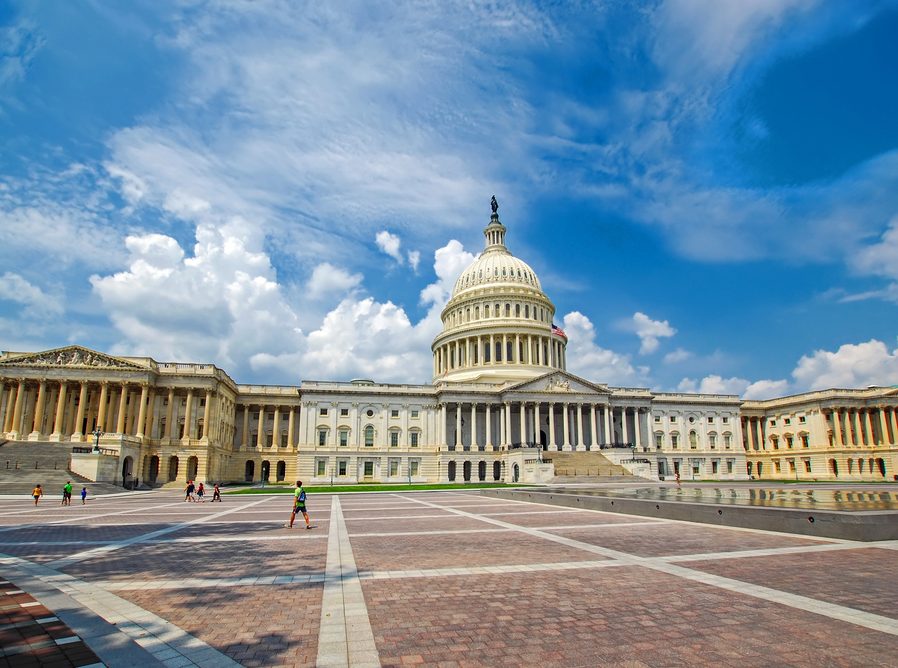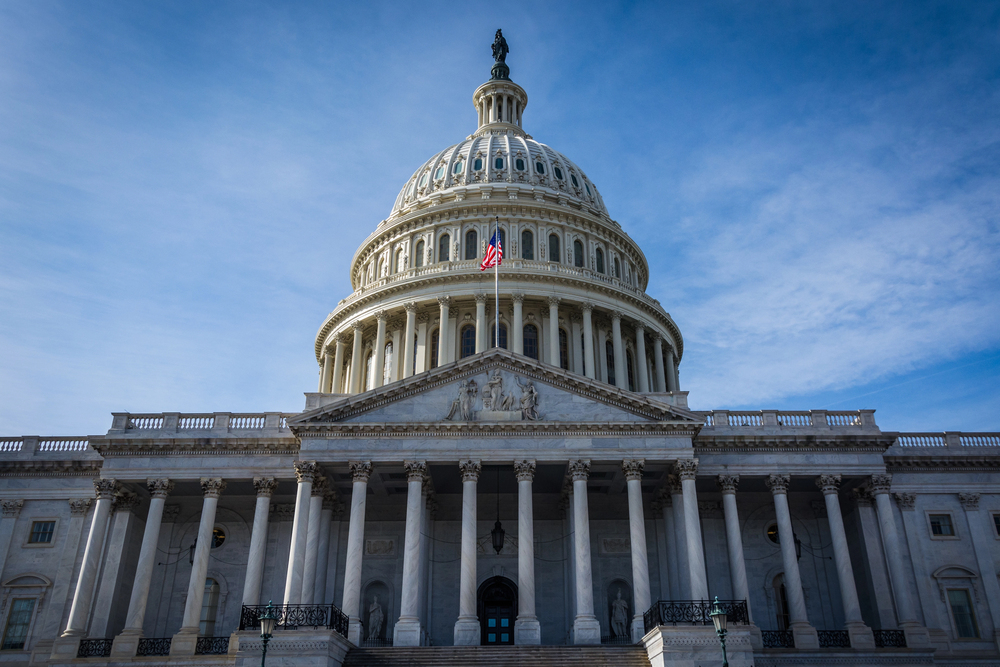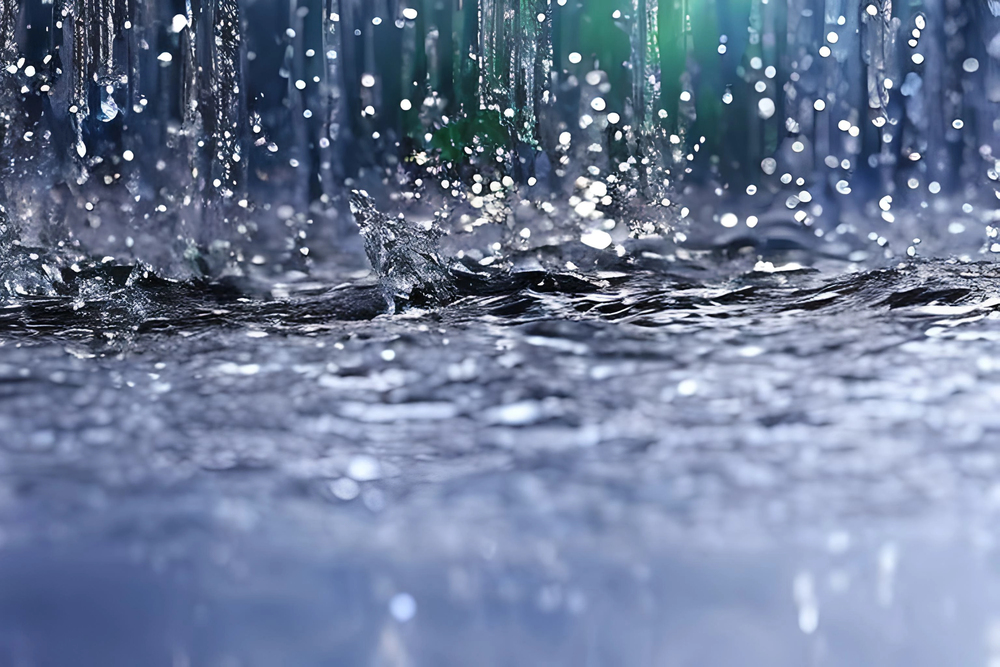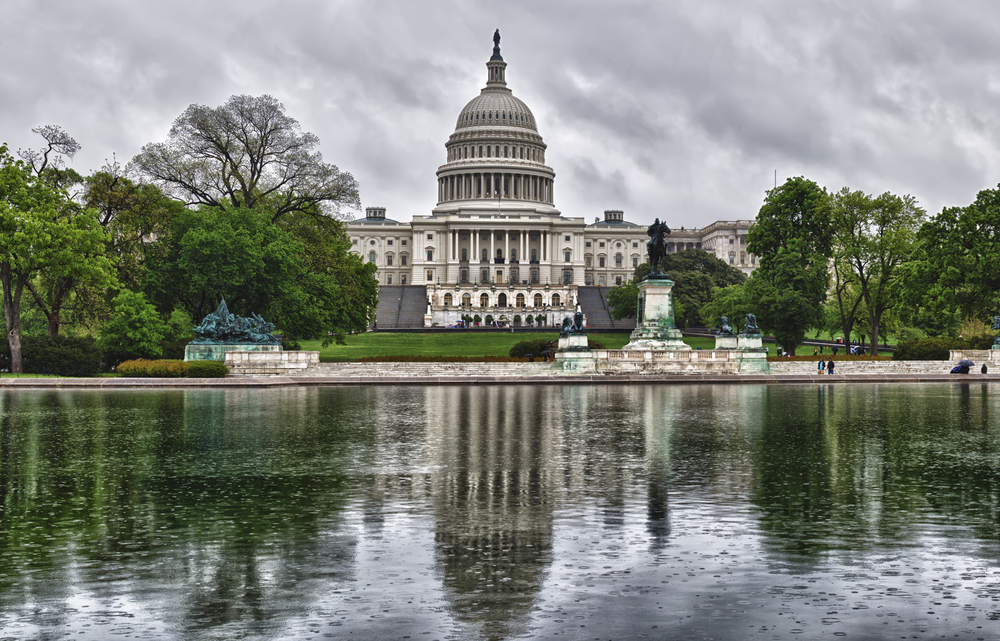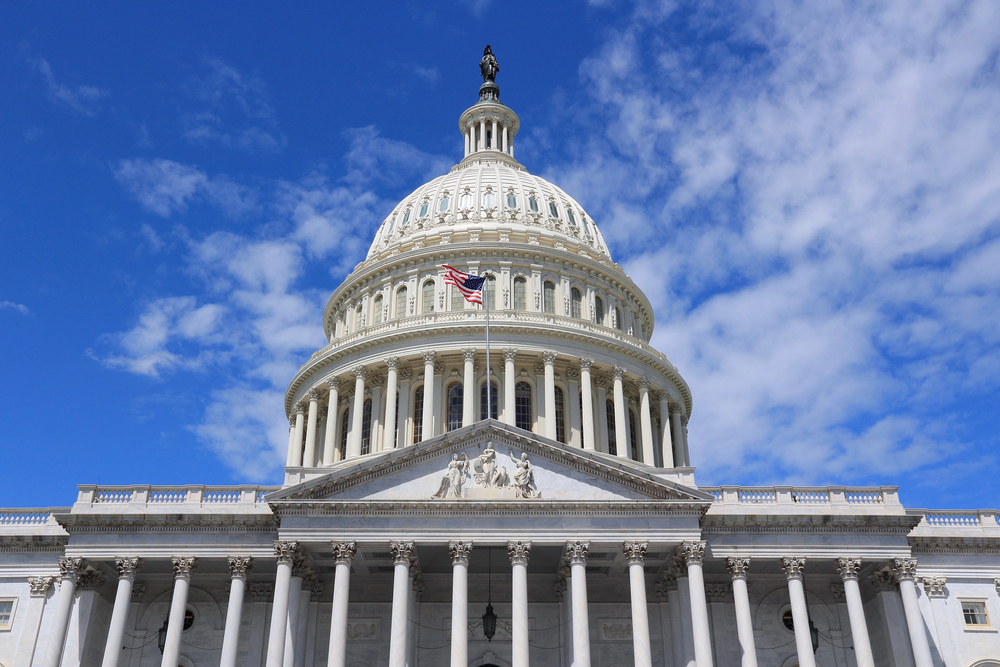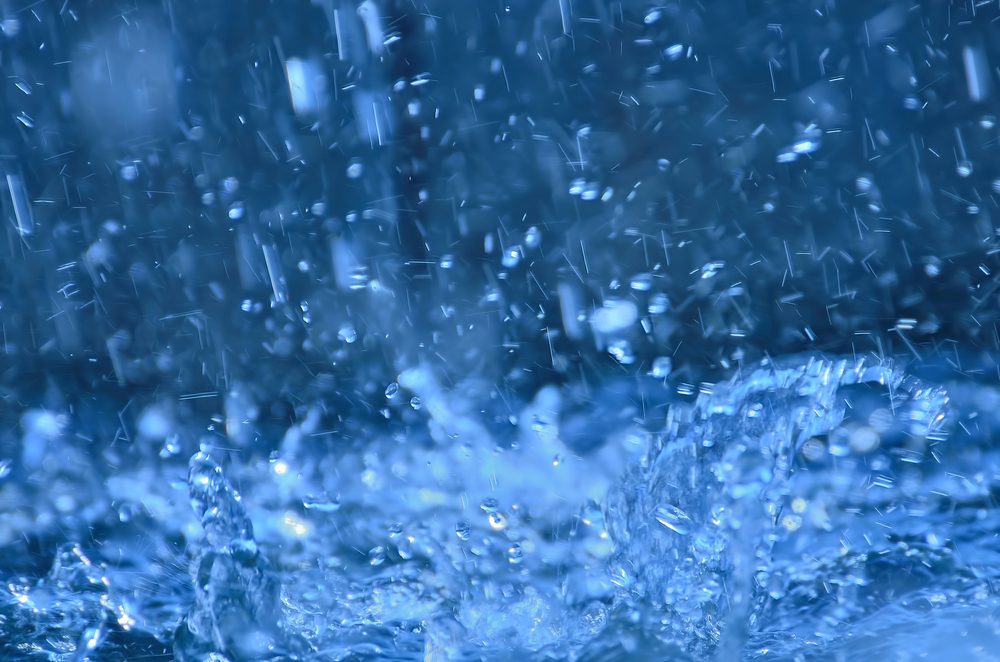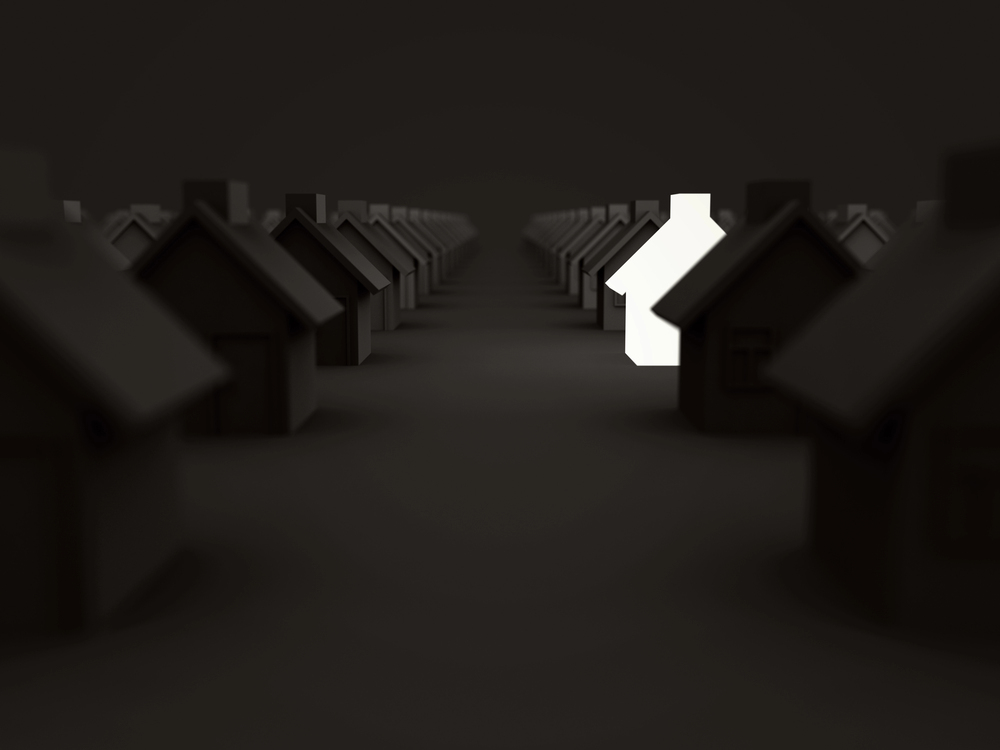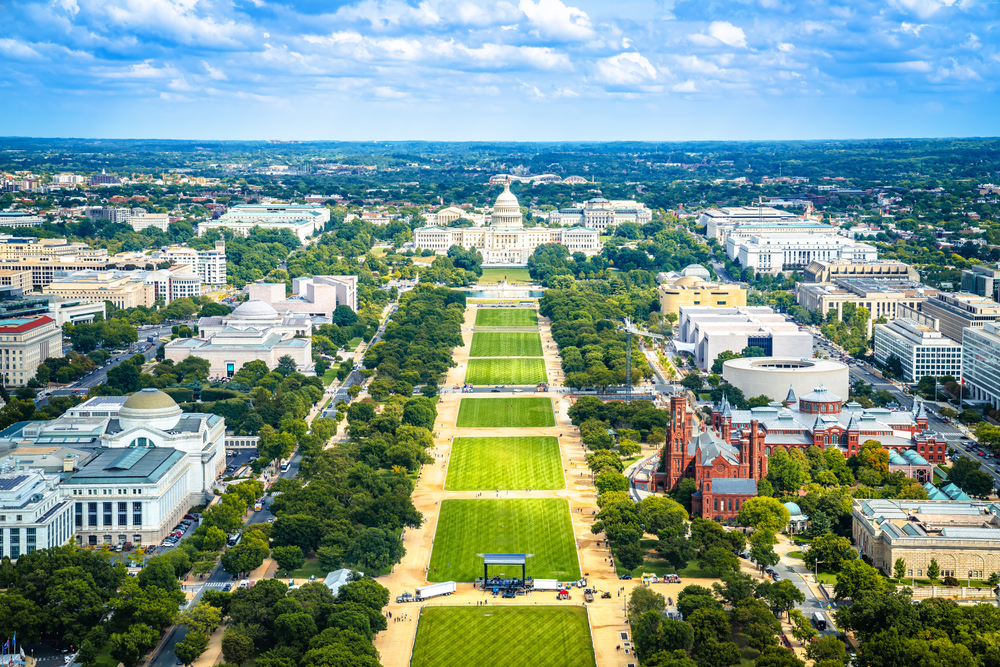How Wildfires Contribute to Uninsured Flooding Events
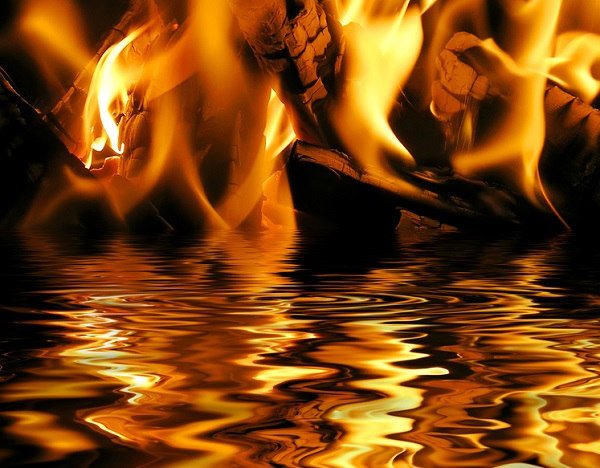
By: Will Jones
In June 2012, the Waldo Canyon fire started in a Rampart Range valley in the Pike National Forest, about 3 miles west of Colorado Springs, Colorado. It took almost three weeks until the wildfire was 100% contained.
The fire destroyed 346 homes and resulted in insurance claims totaling more than $450 million, according to a local news source. However, that was only the beginning.
“Within about a year and a half of the Waldo Canyon fire, we had three or four pretty major floods,” says John Putnam, consultant at Putnam Assurance & Risk in Colorado Springs. “But in the places that ended up getting flooded, some people didn’t have insurance.”
As communities recover from devastating wildfires, residents living in wildfire affected and surrounding areas face a higher risk of flooding. Wildfires can drastically change the terrain and make the ground less able to absorb water. Areas that do not typically flood are now at risk for flash flooding and mudflows for up to five years after a wildfire, according to FEMA.
Once the embers have been extinguished, “people forget about what the fires do to the ecosystem,” Putnam explains. “The fire cuts out all the trees and living plants that would ordinarily reduce the impact of a thunderstorm,” he says.
Additionally, depending on the heat of the fire, wildfires can result in “hydrophobic” soil, which causes water to collect on the soil surface rather than soak into the ground. “It creates a glassy surface on top of the soil which will take probably anywhere from 10 to 20 years to break down,” Putnam says. “And when we get a half an inch of rain in an hour, that water hits the ground and it starts running, which creates the opportunity for a flood.”
Moreover, during a post-wildfire rainstorm, debris and ash left from the fire can form mudflows. As rainwater moves across the charred ground, it picks up soil and sediment and carries it into streams or rivers, which create dams and blockages resulting in further damage.
“The problem with post-wildfire flooding is you don’t know where the water is coming from,” Putnam says. “It could be coming downhill but because of the debris but it could do all kinds of funny things—that’s part of the challenge.”
The majority of the western United States—from the Pacific Coast as far inland as Oklahoma—faces wildfire exposure. However, history shows that nearly all states are at risk of a fire and the subsequent flooding event. For example, in 2016, 15 square miles of the Great Smoky Mountains in Tennessee burned during a wildfire. In 1947, Maine experienced what became known in the Pine Tree State as The Great Fires, which destroyed over 25 square miles of forest.
From an insurance perspective, many property owners, particularly ones in hilly or mountainous climates are not covered for a flooding event. In states which adopt a doctrine of efficient proximate cause, flooding after a wildfire may be covered because the flooding peril is caused by the fire peril.
However, after wildfires ravaged Northern California in 2017 and 2018, homeowners insurance has become more difficult to place and less affordable, leading to an insurance crisis. But even with a homeowners policy and the doctrine supporting property owners, “it’s not a bad idea to have a back-stop flood policy because insurance companies are probably going to make the argument against it,” Putnam says.
An increase in post-wildfire flooding provided the impetus for towns like Colorado Springs to invest in mitigation techniques, such as stormwater detention and sediment collection facilities to control and divert the flow of water, as well as chain-link fences which catch debris to prevent it from collecting and causing blockages. Meanwhile, homeowners can also contribute to natural defenses by replanting vegetation, such as shrubbery and trees, to lessen the effect of rainfall after a wildfire.
But, if all else fails, “purchasing a flood insurance policy can also add an extra layer of protection if a flood were to occur,” says Cassie Masone, vice president for flood operations, Selective Insurance.
“All agents talking to clients located in areas impacted by wildfires in the past or areas that are prone to wildfires should always discuss flood insurance with existing or potential customers,” she says. “Selective offers a number of free marketing resources that agents can use to drive home the importance of protecting a home or business from a flood in areas impacted by wildfires.”
Will Jones is IA managing editor.



